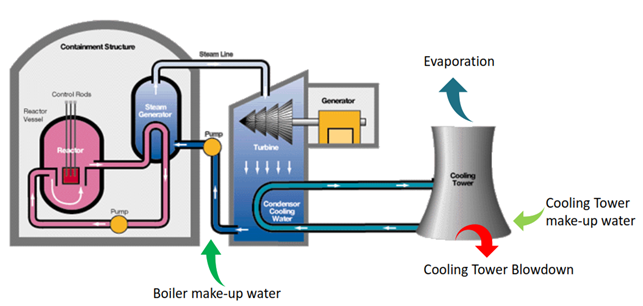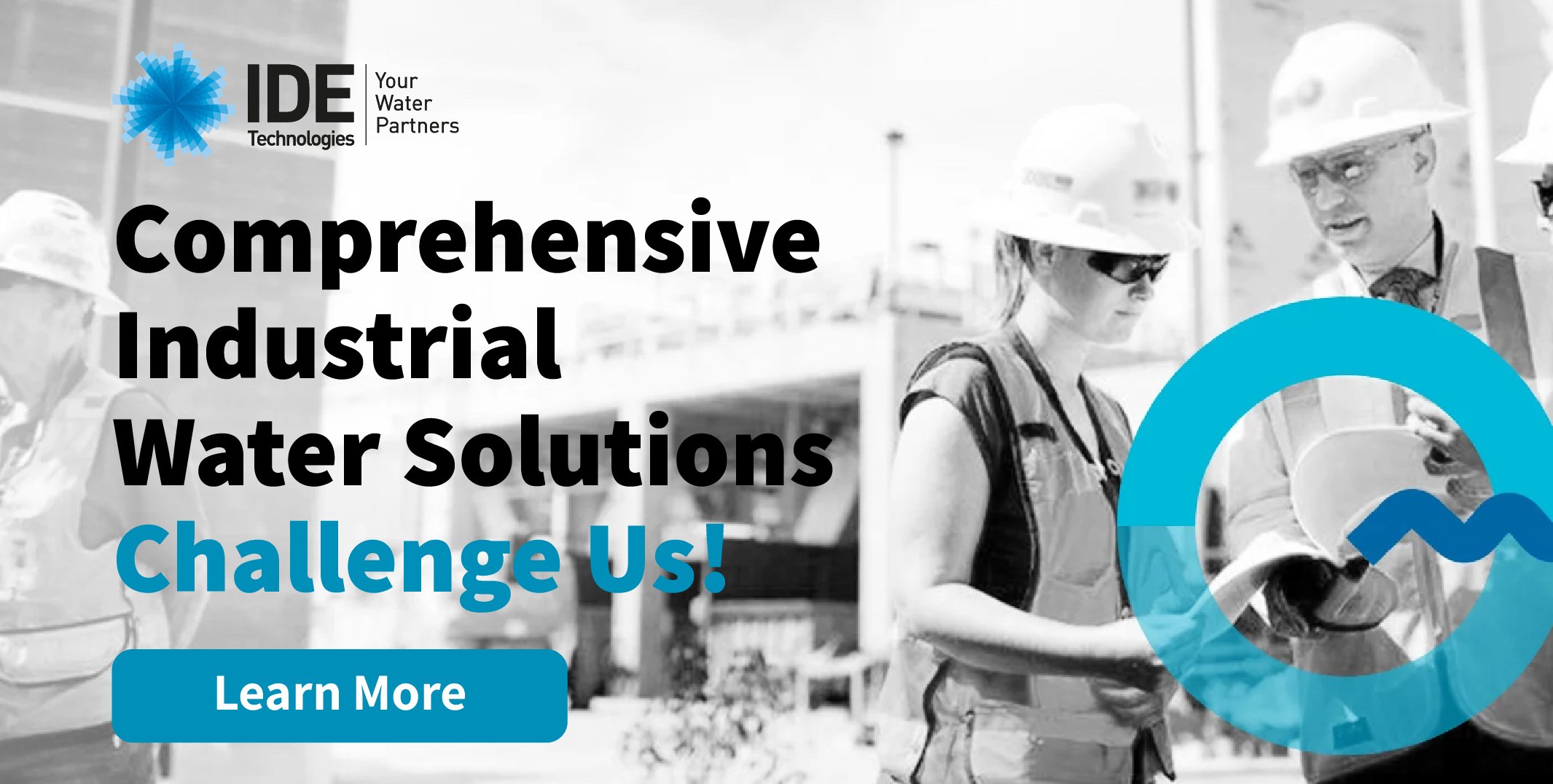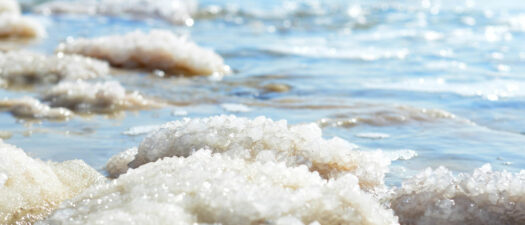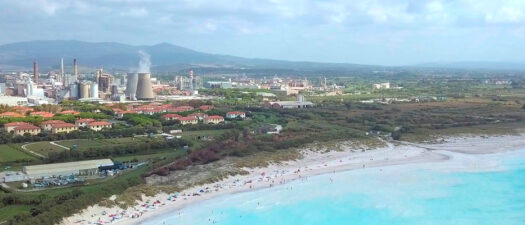For many years, Zero Liquid Discharge (ZLD), a water treatment method aimed at minimizing liquid waste discharge by maximizing water recovery and leaving behind only.
Efficient and Effective Management of Power Plant Wastewater Streams

In previous blogs, we’ve looked at general issues faced by industries with regard to their water and effluent treatment needs. In this blog, we will take a closer look at the power industry in particular, as thermal power generation is one of the largest “guzzlers” of water in the U.S., responsible for some 41% of daily water withdrawals. This makes limited water resources and drought more challenging for this industry – a challenge that is compounded by increasingly strict effluent discharge regulations.
There are three main streams in the power industry that require treatment:
- Boiler feed/makeup – requires high-quality water (ultrapure water)and is treated to remove almost all dissolved solids, control alkalinity, prevent scaling, correct pH, and to control conductivity.
- Cooling tower makeup – the water is added to the cooling tower system on a regular basis to replace water lost by evaporation, drift, and blowdown and to maintain optimal system operation and process control.
- Cooling tower blowdown – as cooling tower water is cycled and evaporated, total dissolved solids (TDS) and scaling ions concentrate, resulting in the need for periodic ‘blow down’ of the cooling tower water and its replacement with fresh water. This cooling tower blowdown (CTBD) wastewater requires treatment in plants using recirculating cooling, particularly in order to reuse the water and to comply with regulations.
We’ll take a closer look at the treatment of these streams soon.
As mentioned above, power plants are also affected by increasingly strict effluent guidelines. In September 2015, the USA EPA passed a new regulation for power plant wastewater discharges, applicable to all steam-electric power plants over 50MW in capacity (Source, EPA). As with other industries in which we have looked, the need to comply with regulations is a major driver in the search for new technologies.
 Figure 1: Operation of a Typical Thermal Power Plant, showing the three main water streams
Figure 1: Operation of a Typical Thermal Power Plant, showing the three main water streams
Typical Power Plant Wastewater Treatments
Boiler feed/makeup water
The quality of the boiler feedwater has a direct effect on the quality of the steam produced, and proper boiler feedwater treatment helps preserve steam quality, boiler efficiency, and equipment. There is little debate regarding the need for advanced treatment of boiler feed water, as very high-quality water is necessary for proper and efficient operation. Further, the water parameters are generally clearly outlined by the boiler manufacturers. Lack of proper treatment could result in low-quality steam, lower levels of boiler efficiency, or a complete shutdown. Many boiler shutdowns can be traced to poor feedwater treatment, and the quality of the feed water has a direct impact on the quality of your steam. Boiler feedwater treatment depends on the source of the feed water and generally includes stages of filtration, reverse osmosis, and a final stage of mixed beds (MB), electrodeionization (EDI), or ion exchangers (IX). Figure 2 shows typical treatment trains for the treatment of boiler feed/makeup water, depending on the source of the water.
 Figure 2: Typical Treatment Trains for Treatment of Boiler Feed/Makeup
Figure 2: Typical Treatment Trains for Treatment of Boiler Feed/Makeup
Cooling Tower Makeup
For the most part, cooling towers are more forgiving than boilers in the makeup water they will tolerate. Traditionally, common water sources for cooling tower makeup are well water, surface water, seawater, etc. However, as these sources become more scarce, power plants are looking at alternate sources such as municipal wastewater – sources that require more advanced treatment.
Two of the main considerations here are “what goes in, comes out” and the Opex of your facility. You can use chemicals on the feed prior to it entering the cooling tower. However, this has its accompanying set of issues to be addressed such as handling of hazardous material, transportation, storage of chemicals, etc. So, you might find yourself saving on the treatment of the water going in but making the treatment of the blowdown from the cooling tower more complex and costly.
There is no doubt that there are significant benefits to the use of treated water for makeup to minimize maintenance of the cooling tower. As with all water treatment schemes, the treatment of cooling tower makeup water depends largely on the source of the water, and can include ultra-filtration, activated carbon, multimedia filtration, reverse osmosis, closed-circuit reverse osmosis, ion exchange softening, electrodialysis reversal, chemical conditioning.
Cooling tower blowdown
This is probably the most complex stream to treat in power industry operations. When water evaporates from the tower, dissolved solids (such as calcium, magnesium, chloride, and silica) remain in the recirculating water, with the concentration of these dissolved solids increasing as more water evaporates.
If the concentration gets too high, the solids can result in the formation of scale within the cooling tower and can also lead to corrosion problems. This is known as the concentration cycle – and more cycles before blowdown mean lower water consumption and less generated waste volume. However, the concentration cycles cannot be increased to infinity, as the risks of corrosion and scaling inside the cooling tower become too challenging to address.
Further, a point is reached where this concentration recycles is no longer efficient. The concentration of dissolved solids is controlled by removing a portion of the highly concentrated water and replacing this with fresh makeup water. Careful monitoring and control of the quantity of blowdown reduce the amount of water and blowdown, but there is still a substantial blowdown stream to treat, which has very complex chemistry. With increasing water shortage and stricter regulations for power plant wastewater treatment, high-efficiency technologies are continuously being developed to meet industry needs in this arena. Relevant power plant wastewater treatments can include targeted removal of specific contaminants such as scaling ions or chlorides all the way through to high recovery or Zero Liquid Discharge treatment to produce a low volume of brine or even solids.
The IDE Water Technologies Offering for the Power Industry
From 2000 to 2009, most power plants relied on surface water for their water needs. However, the last decade has seen a drop in the use of surface water and an increase of more than 100% in the use of reclaimed water. Along with this, we have also seen a significant increase in the use of advanced water treatment in power – not only due to the need for regulatory compliance but also due to the decrease in the quality of the feed water.
 Figure 3: Increase in use of Advanced Water Treatment in Power Plants in the US
Figure 3: Increase in use of Advanced Water Treatment in Power Plants in the US
With more than half a century of desalination and water treatment experience, IDE can certainly offer efficient and cost-effective solutions to treat the water and wastewater streams in the power plant. We provide advanced water treatment schemes that “talk to one another,” from the ultrapure water required for boiler feedwater through cooling tower makeup and all the way to the complex cooling tower blowdown stream. Whether you need primary filtration or more robust pretreatment, RO, and a polishing stage of MBR or EDI, we offer holistic end-to-end solutions that maximize your plant efficiency while meeting all regulatory requirements.
Watch our “Solving the Power Industry Water Challenges” On Demand Webinar
The Cherry on the Top
As the water chemistry of cooling tower blowdown is particularly complex, treating this stream using conventional systems faces particular challenges, such as high Opex and the inability to reach high recovery. Our MaxH2O Desalter technology allows us to help you overcome these barriers, making it possible to treat and reuse the blowdown stream cost-effectively and at high recovery rates. This allows continuous cycles through the RO system until maximum brine osmotic pressure is reached.
Contact IDE Water Technologies and let us help you with your industrial wastewater treatment and water stream treatment efficiently and effectively while meeting regulatory requirements and maximizing plant availability.

















